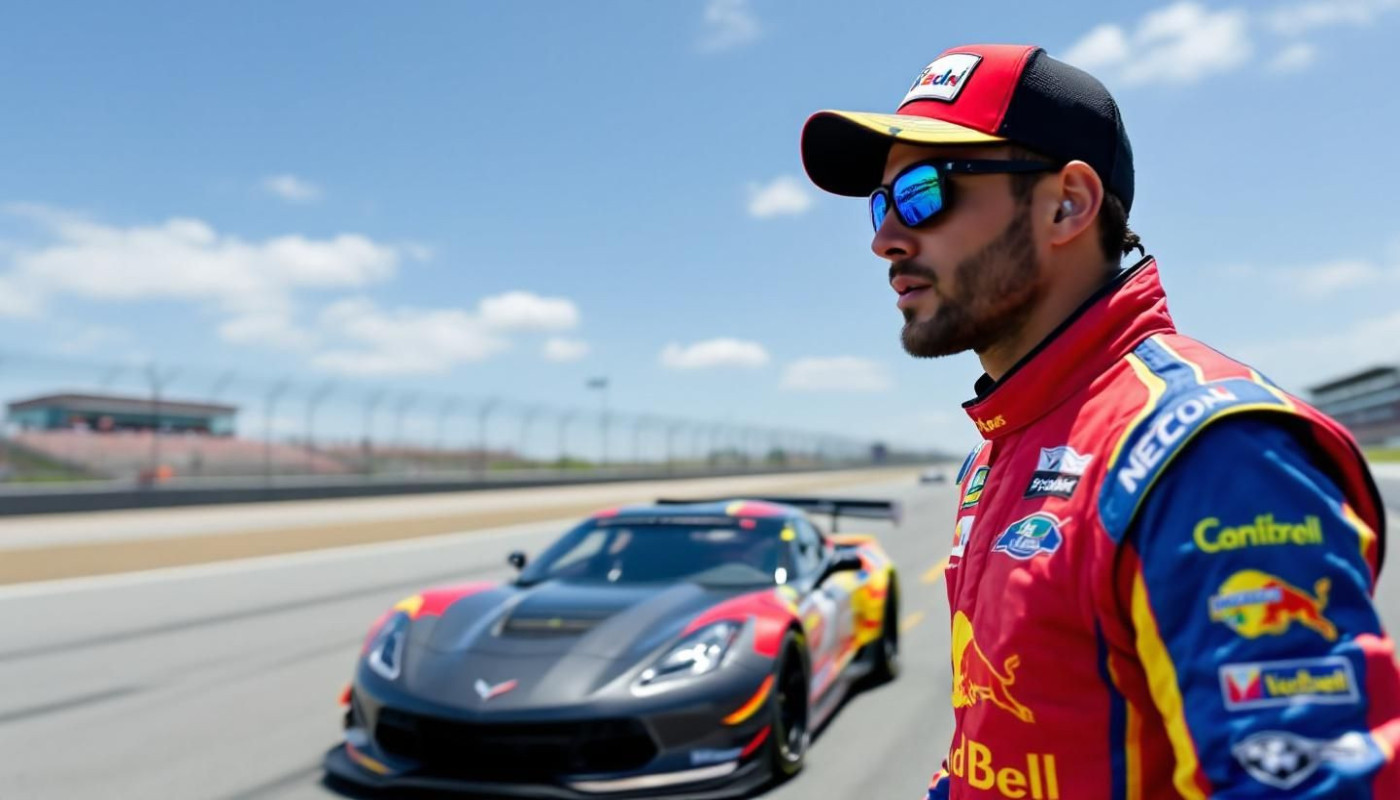Table of contents
The world of race driving is renowned for its intensity and demands, but few truly understand the depth of preparation required before drivers ever hit the track. Beyond the speed and adrenaline lies a dedicated commitment to physical and mental conditioning, pushing drivers to their absolute limits. Explore the secrets behind these training regimens, and discover how relentless discipline shapes the champions of motorsport.
Physical conditioning for peak performance
Physical training for race drivers is meticulously designed to prepare the body for the intense demands of high-speed motorsport. Endurance exercises are foundational, as cardiovascular fitness enables drivers to maintain focus and performance throughout long stints behind the wheel, often in hot and stressful conditions. Muscular strength is another priority, especially in the core, arms, and legs, to stabilize the body and efficiently operate the controls under constant strain. Flexibility for drivers plays a significant role, allowing for quick, unrestricted movements and reducing injury risk during sudden maneuvers or impacts. Neck strength in motorsport is particularly significant due to the forces exerted during rapid acceleration, braking, and cornering; targeted routines help drivers build the resilience required for G-force adaptation, meaning the neck can withstand and stabilize against several times the force of gravity. Reaction time drills, such as light-based response training or hand-eye coordination tasks, are also integrated into racing fitness programs to sharpen reflexes for split-second decision-making on track. Each component of this physical preparation is vital to ensure top race drivers can consistently perform at their peak in one of the most demanding sports environments.
Mental preparation and focus techniques
Elite race drivers depend on mental training for drivers to sustain peak performance under extreme pressure. A central aspect of their regimen is developing situational awareness, allowing quick assimilation of information from the track and competitors, which supports rapid yet accurate decision-making. Racing focus techniques often include structured visualization exercises motorsport experts have validated: drivers mentally rehearse laps, anticipate potential hazards, and condition their responses to diverse scenarios. Mindfulness practices—such as controlled breathing and present-moment awareness—help racers stay calm and focused amidst the intense noise and speed of motorsport environments. Cognitive drills for racers, such as reaction time apps, memory challenges, and split-attention exercises, are designed to sharpen reflexes and train the brain for swift, reliable interpretation of track conditions. Driver stress management routines are equally tailored, encompassing pre-race mental routines, planned debriefs, and periodic psychological check-ins. As an illustration of these principles in action, drivers showcased on this important site exemplify the integration of cutting-edge psychological preparation into elite racing careers.
Nutrition and hydration strategies
Race driver nutrition is meticulously planned to meet the high-energy demands of motorsport, with meal timing and macronutrient balance tailored to maximize both physical stamina and cognitive focus during competition. Performance meal planning prioritizes complex carbohydrates for glycogen replenishment, lean proteins for muscle repair, and healthy fats to sustain concentration and reaction time. Hydration for racers is structured around regular fluid intake before, during, and after events, ensuring optimal electrolyte balance racing athletes require to prevent muscle cramps, fatigue, and impaired coordination. Motorsports diet tips from head dietitians emphasize the use of sodium, potassium, and magnesium-rich beverages, especially in hot environments, to support nerve transmission and maintain consistent performance levels. Effective dietary and hydration routines enable drivers to react swiftly, maintain endurance, and stay mentally sharp under pressure, giving them a competitive edge on the track.
Simulators and technical skill development
Top race drivers rely on advanced racing simulators training to sharpen their reflexes, master circuits, and improve car control practice in a risk-free environment. These state-of-the-art simulators replicate real-world physics and vehicle dynamics, allowing drivers to experience diverse weather conditions, tire wear, and mechanical changes without the limitations or dangers of on-track testing. Driver telemetry analysis is central to motorsport skill development, providing a detailed breakdown of braking points, throttle application, steering input, and lap consistency. Through telemetry feedback loops, drivers and engineers can identify subtle errors, set incremental targets, and implement scenario-based training that challenges decision-making under pressure. This virtual race preparation not only enhances technical proficiency but also accelerates adaptation to new tracks and evolving race strategies. The chief race engineer, recognized for expertise in training program design, highlights the transformative impact of telemetry feedback in refining both driver performance and communication within the team, ensuring every session contributes measurable progress.
Recovery and injury prevention methods
Race driver recovery relies on advanced protocols and tailored injury prevention motorsport strategies, expertly overseen by the principal team physiotherapist specialized in motorsport recovery. A comprehensive approach includes physiotherapy for racers, where techniques such as myofascial release address muscle tightness and improve tissue health, helping prevent strain during intense driving sessions. Motorsport flexibility routines are integrated into daily schedules, enhancing joint mobility and muscular elasticity, which are vital for handling high G-forces and rapid movements inside the cockpit. Sleep for performance drivers is meticulously optimized, as restorative rest supports cognitive function, reaction times, and physical repair, all essential for peak competitive output. Thermal therapies, including alternating hot and cold treatments, play a significant role in reducing inflammation and accelerating muscle recovery. Regular physical assessments and highly personalized recovery plans ensure that each driver’s unique needs are met, minimizing downtime and maximizing career longevity.
On the same subject

How Digital Planners Revolutionize Productivity For Modern Professionals

Key Features To Look For In An Online Intelligence Test

A Step-by-step Guide To Creating Your Own Digital Artwork Using Advanced Image Generation Technologies

